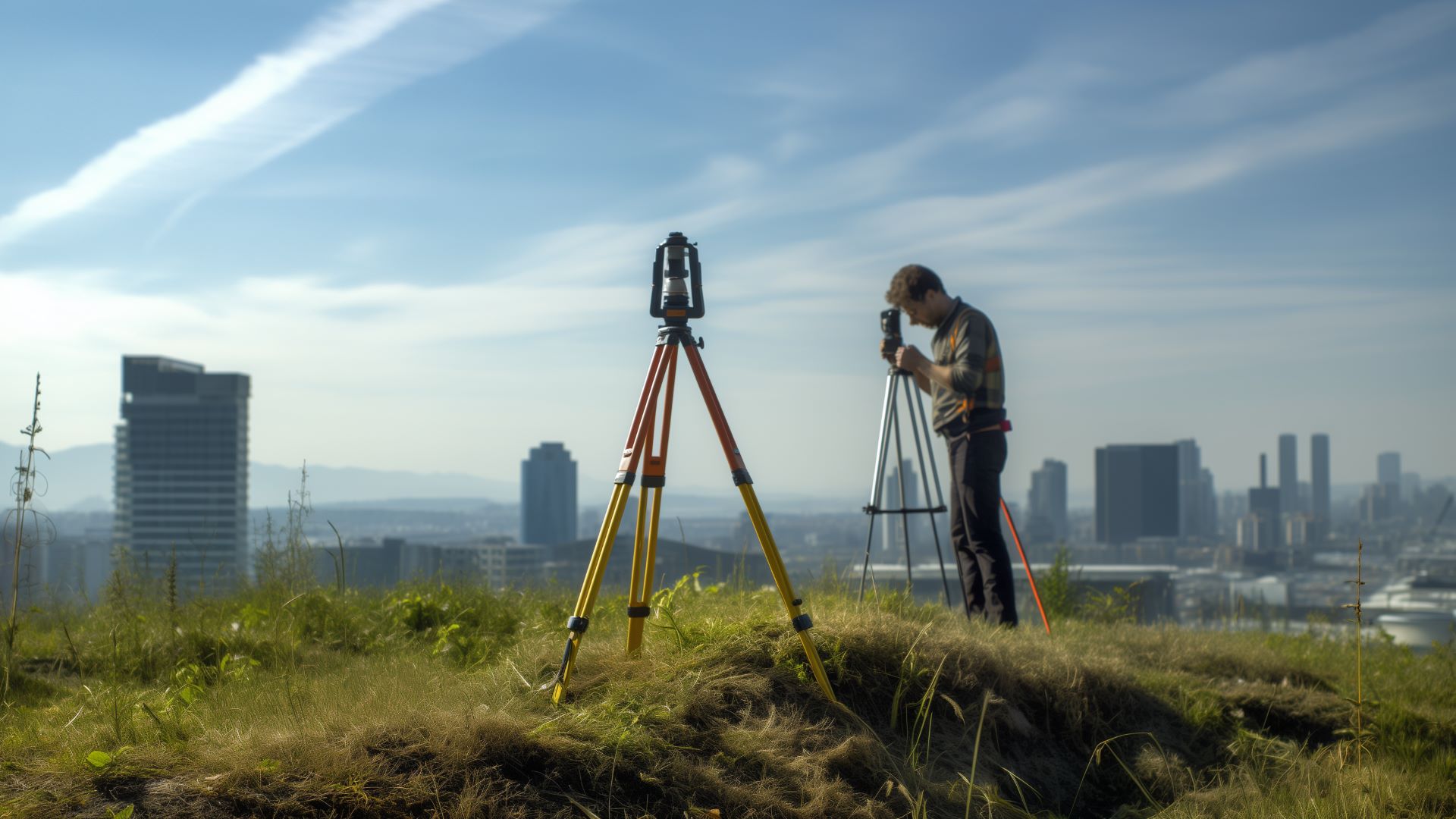
What Is Bearing Stress, and How Can You Prevent It?
February 24, 2023 - Ellie Gabel
Revolutionized is reader-supported. When you buy through links on our site, we may earn an affiliate commision. Learn more here.
Any structure, be it a bridge, building or industrial machine, will undergo stress across its life span. It’s the job of the engineer to understand and prepare for these stressors to ensure they don’t spell an early end for their projects’ useful life. One of the most common of these factors to consider is bearing stress.
Whether you’re building public infrastructure or a 3D-printed model, you must ensure it holds up to everyday pressures. That means understanding bearing stress, what it can do, where it comes from and how to prevent it.
What Is Bearing Stress?
Bearing stress is the compression on the point of contact between two bodies. Think of a rod going through a flat plank of wood. The weight of either side of the rod outside the wood, either from gravity or from any loads it supports, will create pressure where it intersects with the plank. That pressure is bearing stress, and it can affect the wood, the rod or both.
In practice, this type of stress comes up most often with joints and fasteners. When a rivet or other single point connects two surfaces, the weight and other pressures of each surface apply to that single point of contact. As each pulls in a different direction, it’ll place stress on the connection.
Trailer hitches are a great example of bearing stress in action. While a Class II hitch can pull up to 3,500 pounds, it can only withstand a tongue weight of 350 pounds. That’s because tongue weight measures the stress weighing on the hitch itself, its bearing stress, which is much higher than other stresses throughout the trailer because it’s more concentrated.
Consequences of Bearing Stress
Understanding bearing stress is crucial in engineering because it can have severe consequences. Think of the pin in a clevis joint on a crane. As the crane lifts loads, that pressure will push the pin against the clevis. If it can’t withstand that stress, it could warp or snap, potentially endangering nearby workers.
Bearing failures typically don’t happen all at once, but even slowly building issues present problems. Consider the trailer hitch example again. Repeatedly pulling too heavy or unbalanced a load will put too much pressure on the ball joint or where the trailer attaches to it.
Over time, that pressure will cause warping, either on the ball joint or the trailer. A warped joint won’t be able to hold onto any loads securely, and a warped trailer won’t attach to a vehicle safely. In both cases, it could take a considerable investment to repair.
How to Prevent Bearing Stress Failures
Bearing stress failures are concerning in any context, but they’re also avoidable. Here are some steps you can take to minimize this stress and prevent costly failures.
Calculate and Stay Within Limits
One of the most straightforward ways to prevent these failures is to calculate bearing stress ahead of time. If you know how much pressure a joint can take, it’ll be easier to use it safely.
Ready-made products like trailer hitches and clevis joints will come with load limits from their manufacturers. Read these and aim to stay at least 10% below the listed maximums to leave room for other forces like gravity and wind. All employees using equipment facing bearing stress should likewise understand these limits.
If you’re designing a structure yourself, you’ll have to calculate acceptable stress parameters. That will vary depending on the material, number of connections, joint size, surface shape and more, so the formula looks different for every use case. These calculations can be complex, but artificial intelligence (AI) may be able to predict the yield strength and related factors automatically.
Use More Connection Points
If you want to reduce the bearing stress in a given structure, you can create more connection points. This strategy falls into two different methods. You can either use a larger point of contact or use multiple smaller joints.
Both of these strategies increase the surface area where compression stress applies. Acceptable bearing pressure is often lower than other stress limits because this type of stress occurs at a relatively concentrated point. By making that point bigger or adding more, you distribute that pressure, minimizing the force per area.
A third, more easily overlookable way to increase the connection area is to use a tighter fit. The more snugly a bearing sits in a notch, the more material will touch, resulting in more surface area to distribute stress across.
Use More Durable Materials
Another potential solution is to use materials that hold up better to stress. This strategy won’t reduce the bearing pressure of a given load, but it will minimize its effect.
Graphene is one of the most exciting new materials across many applications, and it may be ideal for mechanical joints, too. This graphite-derived resource is 200 times stronger than steel, even at minute sizes. Consequently, it could withstand considerable bearing stress despite a relatively small surface area.
Carbon fiber offers similar properties. Laminated wood could provide more bearing strength than conventional lumber in houses, helping joints between walls and ceilings withstand more pressure. Many of these materials are currently expensive or less accessible, but that will change over time.
Monitor Stress Points With IoT Sensors
Finally, you can keep an eye on how structures hold up to bearing stress through continuous monitoring. Manual visual checks work here but can be inefficient and unreliable. Internet of things (IoT) sensors provide a better alternative.
Many manufacturers use IoT sensors to machine health by analyzing factors like vibrations and heat. Engineers can take a similar approach, using these wireless devices to track stress, cracking or deformation. When these sensors detect a potential issue, they can automatically alert relevant workers, leading to faster reactions.
IoT monitoring won’t stop bearing stress, but it helps address it sooner. These quick reactions, in turn, lead to less disruptive and more affordable fixes, preventing significant losses and injuries.
All Structures and Machines Must Consider Bearing Stress
Bearing stress is a factor in virtually every structure or machine that has joints in it. These connections are the first point of failure in many cases, so they deserve extra attention in the design and engineering phase. When you understand this pressure and how to address it, you can build more resilient, safer structures.
Revolutionized is reader-supported. When you buy through links on our site, we may earn an affiliate commision. Learn more here.
Author
Ellie Gabel
Ellie Gabel is a science writer specializing in astronomy and environmental science and is the Associate Editor of Revolutionized. Ellie's love of science stems from reading Richard Dawkins books and her favorite science magazines as a child, where she fell in love with the experiments included in each edition.




